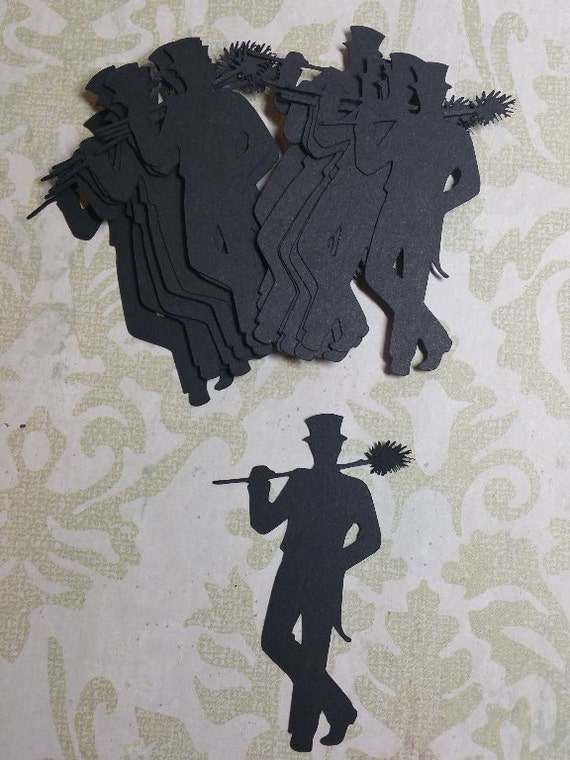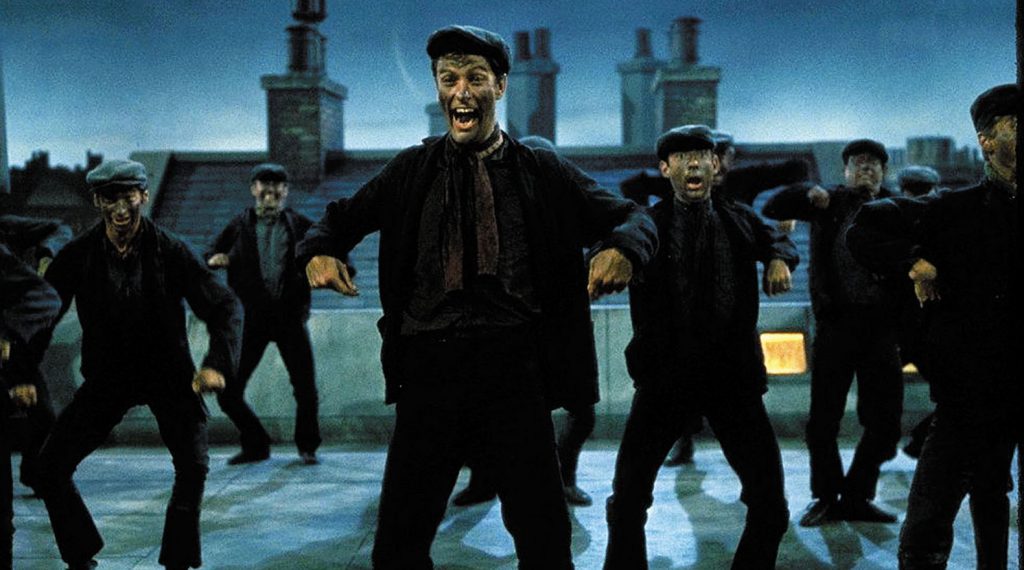


Of course wooden shutters were put into place, but it was still very drafty.
CHIMNEY SWEEP MARY POPPINS WINDOWS
They provided a great deal of warmth in an era where most windows were simply open holes in the wall with no glass to protect the inhabitants. Castles often boasted a fireplace and chimney in every guest room as well as heavily visited areas. The chimney has held a significant place in architecture for thousands of years. The king then declared that chimney sweeps should be regarded as lucky.

A chimney sweep stepped up, took hold of the horse’s reigns, and calmed him. He was riding astride a horse when a dog startled the animal, which threw King George to the ground. Most people believe that these chimney sweep myths originated during the reign of King George of England. They married and lived happily ever after. A lovely woman opened her window and pulled him inside her home to safety. There’s also the story of the chimney sweep who fell from the rooftop of an apartment building and was dangling from the guttering by one foot. Old European folklore says that if a bride receives a kiss on the cheek from a chimney sweep on her wedding day she will have a very blessed and happy marriage. Several legends go so far as to say they are the ultimate bringer of good luck. Some cultures believe the chimney sweep is a sign of good luck. Many chimney sweep myths have been passed down through the ages. As unusual as this topic is, today I’m going to point out several of the myths surrounding chimney sweeps in Mary Poppins, and I’ll discuss some of the actual lore behind my profession. The rooftop acrobatics were a bit on the dangerous side as well. You may ask me to leave before the job is finished if I break out into song and dance. Dick Van Dyke and Julie Andrews did a pretty good job showing how dirty the chimney sweep job is, but I can’t guarantee an in-tune song and dance number. Travers later re-wrote the chapters in a revised edition of the book, in which Poppins and Jane and Michael Banks are transported to a South Sea Island, where the nanny uses the offensive phrase ‘pickaninny’ and speaks in a racially charged southern American dialect.One of the best children’s tales involves an impressive song and dance number performed by a group of chimney sweeps. Pollack-Pelzner has also pointed to other instances of archaic, racially-loaded language in Travers’ Poppins books, which in once instance actually saw her books banned from the San Francisco Public Library in the early 80s. In the 1952 novel Mary Poppins in the Park, the nanny herself tells an upset young Michael, ‘I understand that you’re behaving like a Hottentot.’” And it’s not only fools like the Admiral who invoke this language. It’s a parody of black menace it’s even posted on a white nationalist website as evidence of the film’s racial hierarchy.

“We’re in on the joke, such as it is: These aren’t really black Africans they’re grinning white dancers in blackface. When the dark figures of the chimney sweeps step in time on a roof, a naval buffoon, Admiral Boom, shouts, ‘We’re being attacked by Hottentots!’ and orders his cannon to be fired at the ‘cheeky devils.’ “The 1964 film replays this racial panic in a farcical key. When he tries to approach the cook, she threatens to quit: ‘If that Hottentot goes into the chimney, I shall go out the door,’ she says, using an archaic slur for black South Africans that recurs on page and screen. “’Don’t touch me, you black heathen,’ a housemaid screams in Mary Poppins Opens the Door (1943), as a sweep reaches out his darkened hand.


 0 kommentar(er)
0 kommentar(er)
